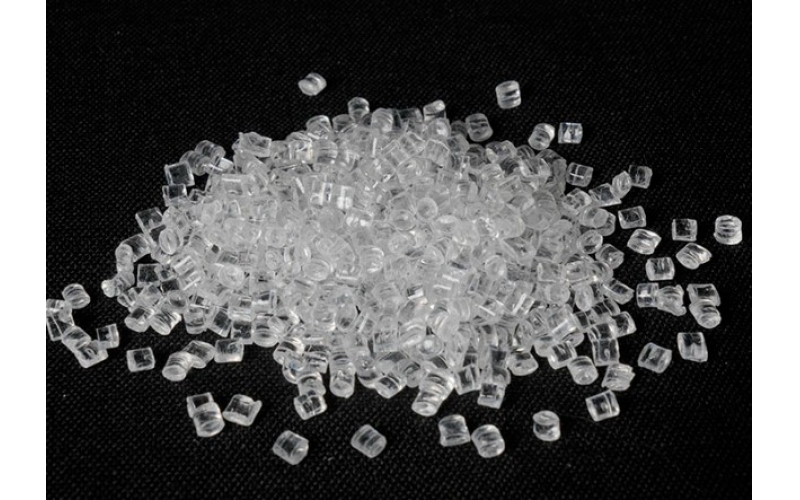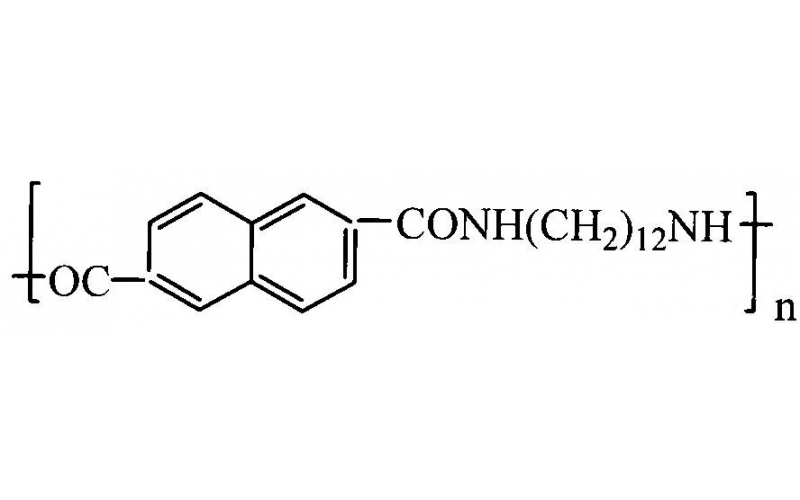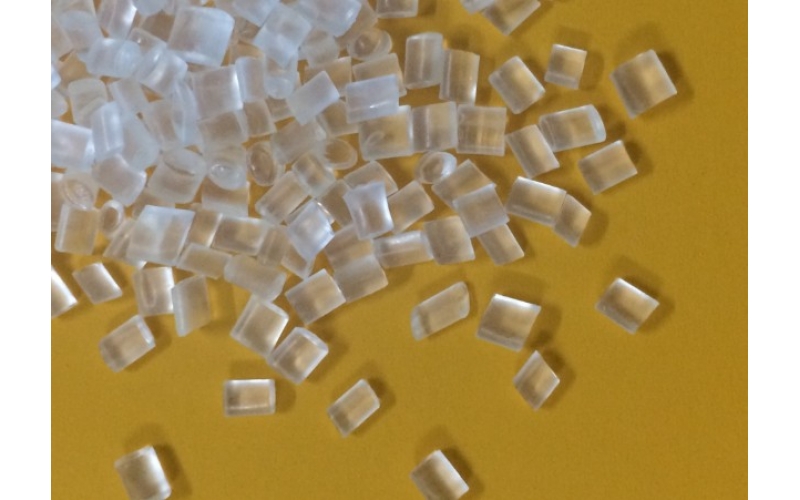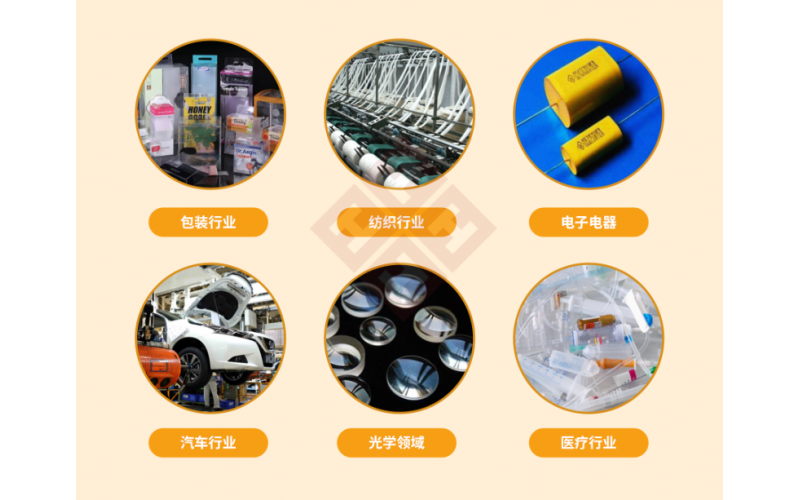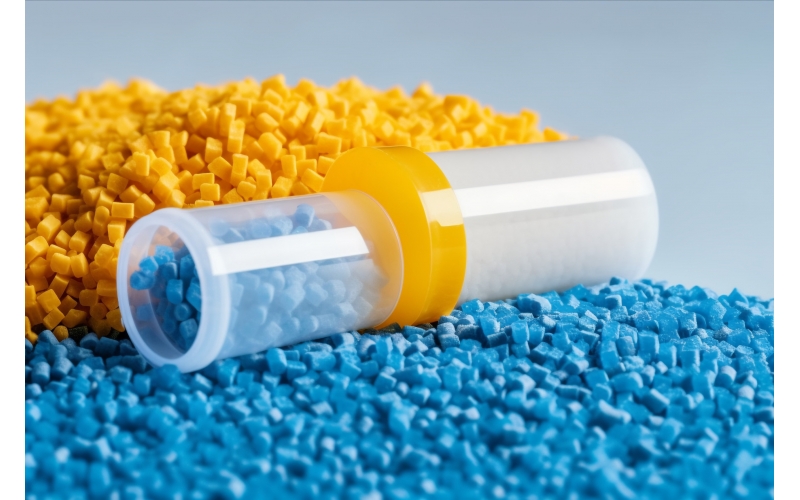-
What is GPPS material
GPPS is short for General Purpose Polystyrene, which is a type of Polystyrene (PS).I. Chemical Structure and CompositionGPPS is produced by the free - radical polymerization of styrene monomers. Its m
2025/03/19 GPPS
-
What is PA12 material
PA12, also known as nylon 12, is a type of polyamide 12 and belongs to thermoplastic engineering plastics.I. Chemical StructurePA12 is formed by the polycondensation of laurolactam and is a linear hig
2025/03/17 PA12
-
What is PA6 material
PA6, whose chemical name is polycaprolactam, is also known as nylon 6. It is an important member in the field of polymer materials. With its unique properties, it is widely used in both industry and d
2025/03/14 PA6
-
What is PET material
PET, namely polyethylene terephthalate, is a widely used thermoplastic polyester, and its production volume ranks among the top in synthetic resins. It is indispensable, ranging from daily packaging t
2025/03/12 PET material
-
Physical property table of PP material
I. Physical PropertiesItemValueRemarksDensity0.90 - 0.91 g/cm3Slightly different due to different polymerization methods and additivesMelting Point160 - 170 ℃The melting point of homopolymer PP is rel
2025/03/10 Physical property of PP material
-
What are the common plastic materials
I. General-purpose Plastics (accounting for approximately 80% of the production volume)PE (Polyethylene)LDPE (Low-density Polyethylene): Packaging films, plastic bags, thin films, adhesive bags, wire
2025/03/07 plastic materials
-
The advantages and disadvantages of PVDF materials
PVDF (Polyvinylidene Fluoride) is a highly non - reactive thermoplastic fluoropolymer. The following are its advantages and disadvantages:AdvantagesStrong Chemical Stability: It can withstand the eros
2025/03/05 PVDF materials
-
The advantages and disadvantages of PES materials
Polyethersulfone (PES) material has the following advantages and disadvantages:AdvantagesExceptional heat resistance: PES has a high heat - distortion temperature, allowing long - term use at 180°C an
2025/03/03 PES
